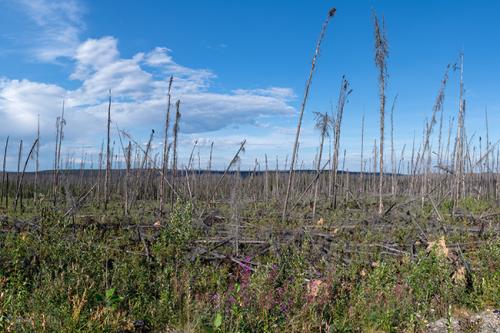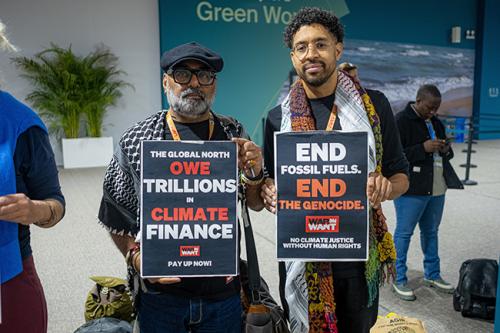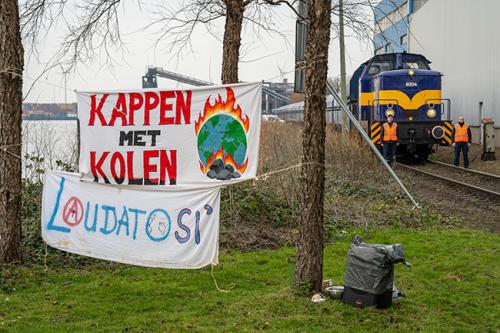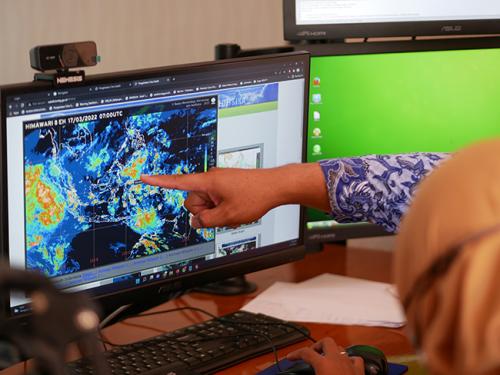IPCC 6th Assessment Report 2023
Urgent climate action can secure a liveable future for all says IPCC
There are multiple, feasible, and effective options available now to reduce greenhouse gas emissions and adapt to human-caused climate change, according to the Intergovernmental Panel on Climate Change (IPCC) report released in March 2023.
In 2018, the IPCC highlighted the unprecedented scale of the challenge required to keep warming to 1.5°C. Five years later, that challenge has become even greater due to the continued increase in greenhouse gas emissions. The pace and scale of what has been done so far, along with current plans, are insufficient to tackle climate change.
More than a century of burning fossil fuels, along with unequal and unsustainable energy and land use, has led to global warming of 1.1°C above pre-industrial levels. This has resulted in more frequent and more intense extreme weather events, causing dangerous impacts on nature and people in every region of the world.
Every Increment of Warming Escalates the Risks
- More intense heatwaves, heavier rainfall, and other weather extremes increase risks for human health and ecosystems.
- People are already dying from extreme heat in every region.
- Climate-driven food and water insecurity is expected to worsen as warming increases.
- When combined with other crises—such as pandemics or conflicts—these risks become even harder to manage.
Losses and damages in sharp focus
The report emphasizes the losses and damages already occurring and those that will continue into the future, disproportionately affecting the most vulnerable people and ecosystems.
- Almost half of the world’s population lives in regions highly vulnerable to climate change.
- In the past decade, deaths from floods, droughts, and storms were 15 times higher in these regions.
- Climate justice is crucial, as those who have contributed least to climate change are suffering the most.
To limit warming to 1.5°C, we must implement deep, rapid, and sustained greenhouse gas reductions across all sectors. Emissions should already be decreasing and must be cut by almost half by 2030 to stay within the 1.5°C limit.
Clear way ahead
The solution lies in climate-resilient development, which integrates climate adaptation with emission reductions, providing wider benefits to society.
Key Solutions:
- Access to clean energy and technologies improves health, especially for women and children.
- Low-carbon electrification, walking, cycling, and public transport enhance air quality, health, employment, and equity.
- The economic benefits of improved air quality alone could match or even exceed the costs of cutting emissions.
However, every fraction of warming makes climate-resilient development harder. The choices made in the next few years will play a critical role in shaping the future for generations to come.
A Holistic Approach is Essential:
- Solutions must be rooted in diverse values, worldviews, and knowledges, including scientific, Indigenous, and local knowledge.
- Conserving 30-50% of the Earth’s land, freshwater, and ocean will be crucial to maintaining a healthy planet.
- Urban areas present a major opportunity for ambitious climate action that also contributes to sustainable development.
- Changes in food systems, electricity, transport, industry, and land use can reduce emissions and support low-carbon lifestyles—improving health and well-being.
- Better awareness of overconsumption’s consequences can help people make more informed, sustainable choices.
Yet, insufficient and misaligned financing remains a major barrier to progress.
The Time to Act Is Now
Climate, ecosystems, and society are deeply interconnected. Urgent, ambitious, and equitable action is needed today to secure a sustainable, liveable future for all.







